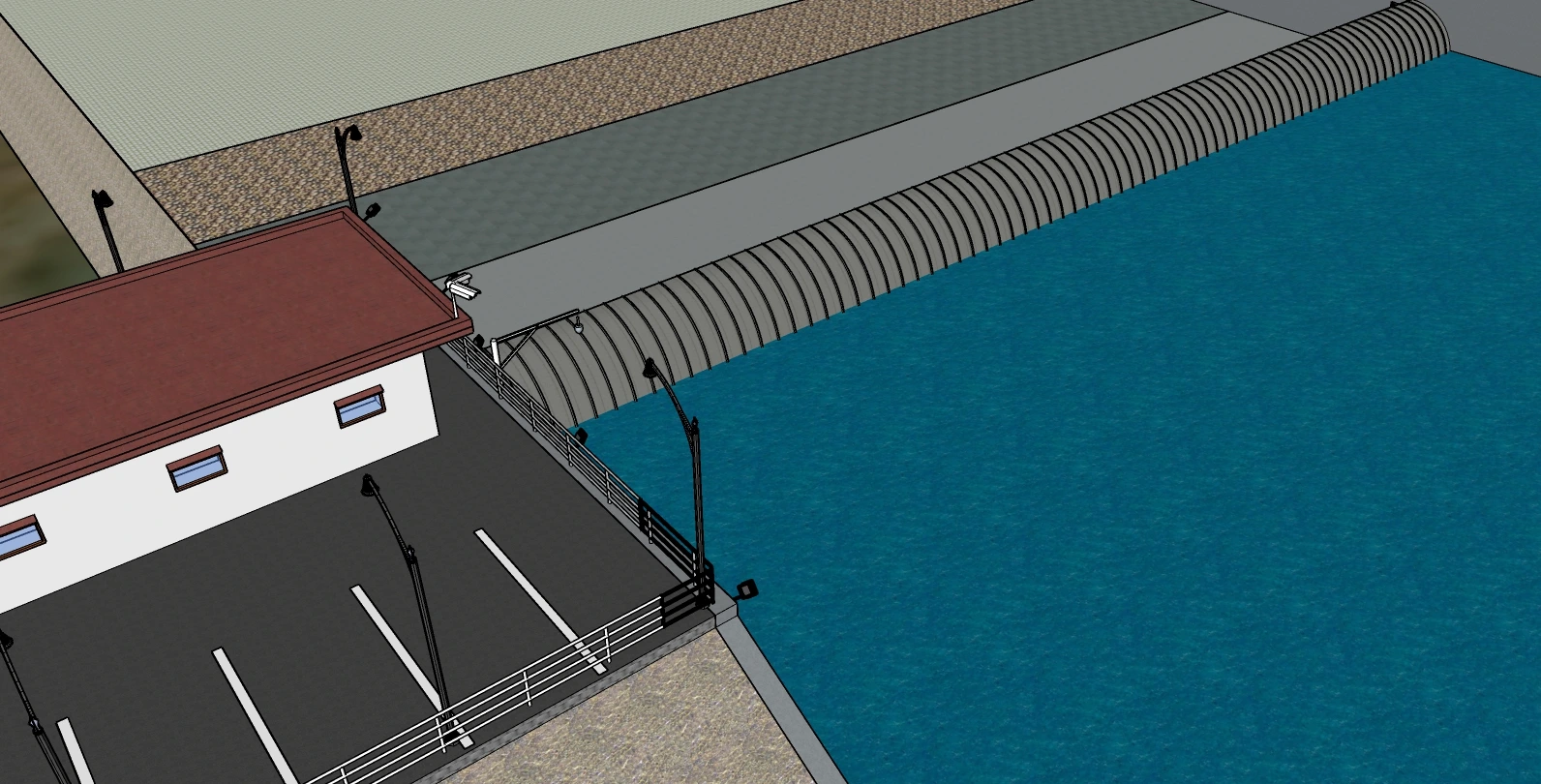
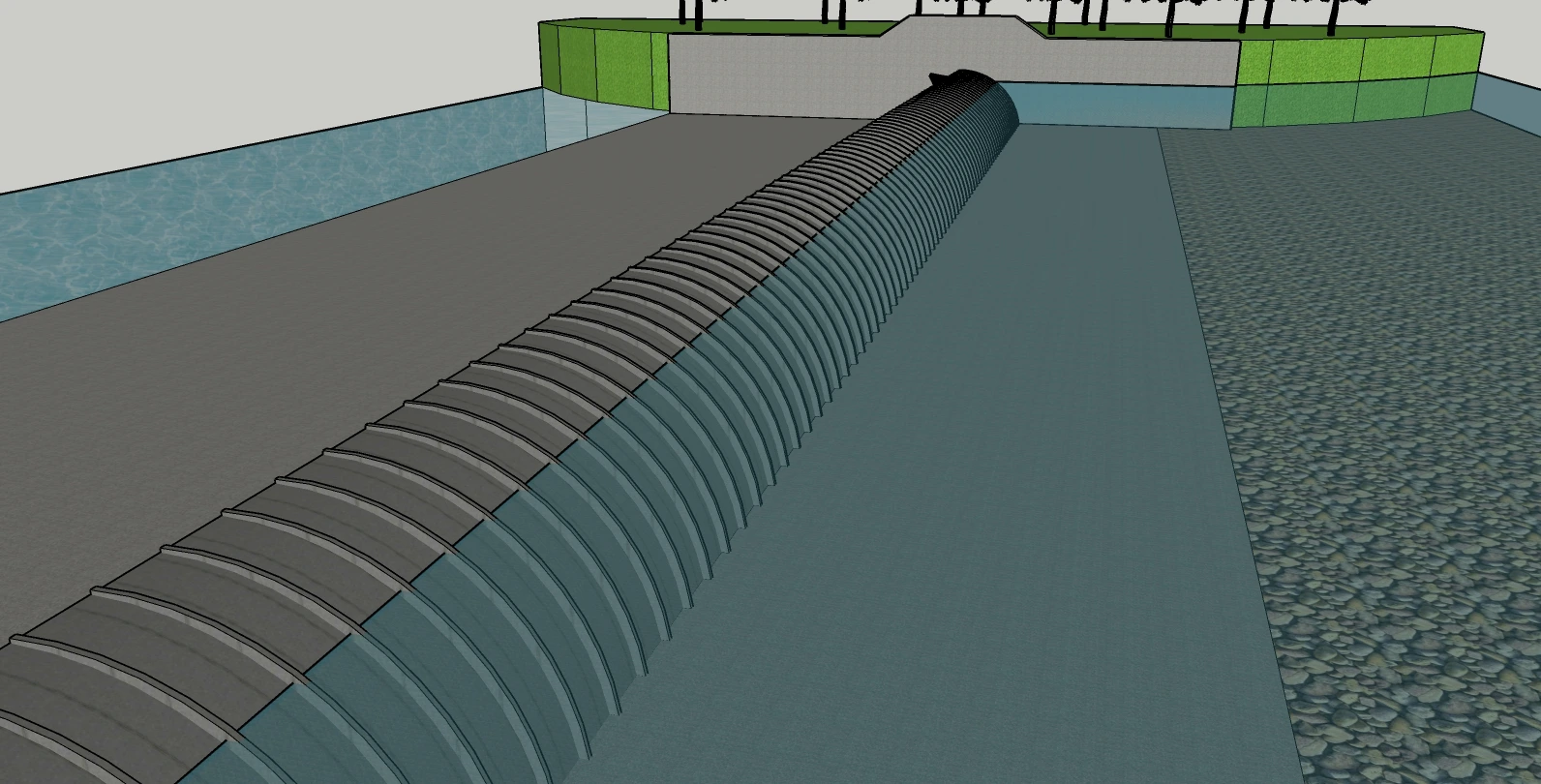
As climate change intensifies water-related challenges such as floods and droughts, the need for adaptive and sustainable solutions like AISDs is growing. These structures not only provide efficient water management but also align with global goals for environmental sustainability and resource optimization. The design of an AISD typically consists of a high-strength rubber membrane reinforced with synthetic fibers, making it both durable and flexible. The inflatable structure is anchored securely to the concrete foundations, and its inflation or deflation is controlled through a connected blower system. Their versatility and ease of use make them an asset for governments, industries, and communities worldwide.
AISDs represent the evolution of water management technology, offering a practical, eco-friendly, and cost-effective alternative to traditional methods. Their increasing adoption is a testament to their reliability and transformative potential in addressing contemporary water challenges.

Material Composition
Made from reinforced rubber or polymer composites.
Resistant to UV rays, chemicals, and physical wear and tear.

Design Versatility
Adjustable heights, allowing customization based on seasonal water flow or operational requirements.
Can be installed on various terrains, including riverbeds, canals, coastal zones, and urban water systems.

Quick Deployment
Inflatable within minutes, making them ideal for emergency scenarios such as flash floods or unexpected water flow changes.

Scalability
Suitable for both small-scale applications, such as irrigation canals, and larger projects like flood control in urban areas.
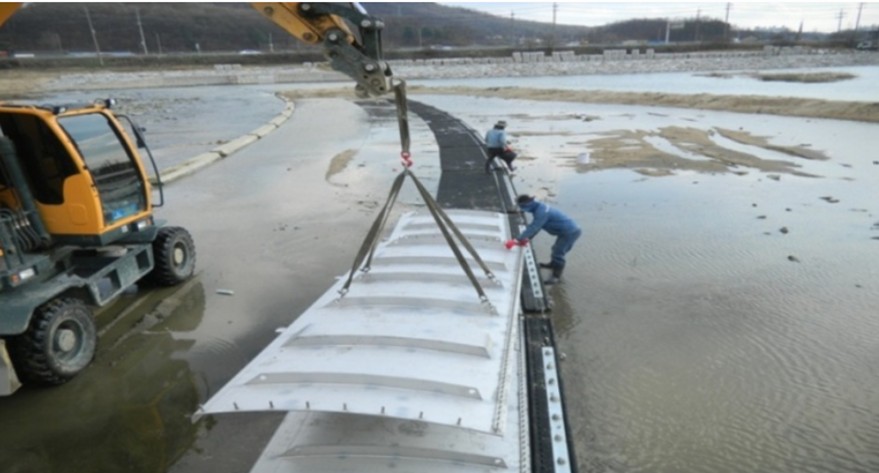
The dam is anchored to a concrete foundation using clamping plates and anchors to ensure stability under water pressure.
Air is pumped into the rubber dam using an air blower, raising the barrier to store or regulate water flow.
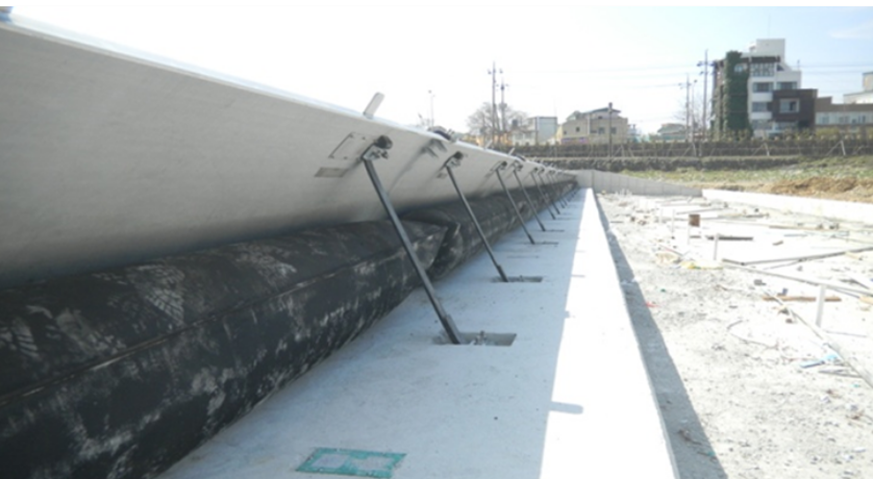
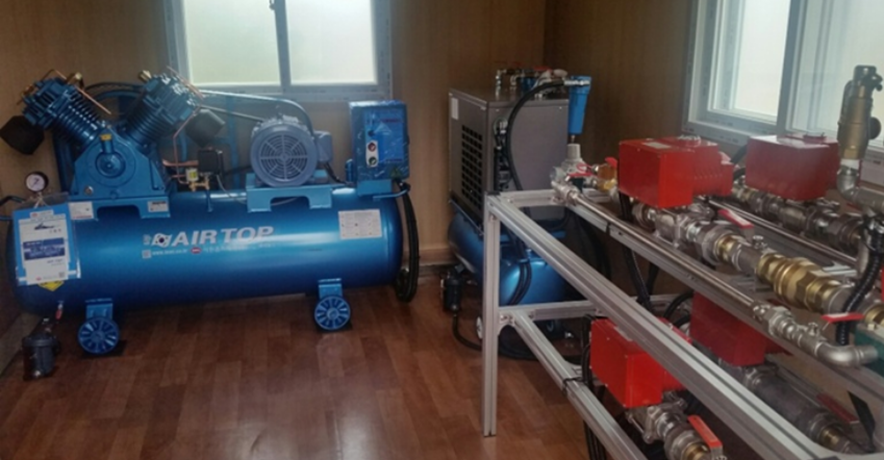
The dam's height can be adjusted by varying the air pressure, enabling precise control over water levels from a control room .
When deflated, the dam lies flat on the riverbed or surface, causing minimal disruption to the waterway.
For temporary applications, the dam can be deflated and stored, allowing the site to return to its natural state.
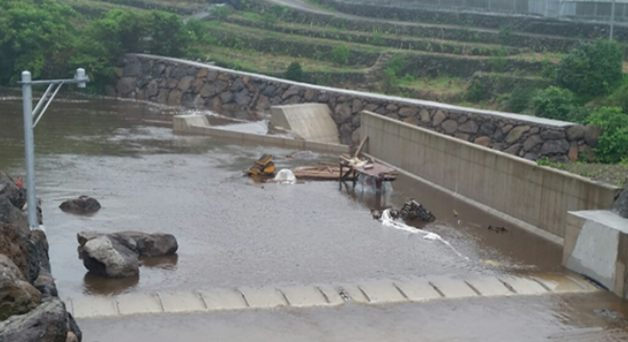
Air-Inflated Shield Dams (AISDs) are versatile and innovative water control structures. Their applications span multiple sectors due to their unique advantages, such as flexibility, quick installation, and efficient operation.
Flood Control and Disaster Management
Flood Mitigation: AISDs can be quickly inflated during high-flow periods to create barriers, reducing the risk of flooding in urban and rural areas.
Irrigation Systems
Water Storage: Water impoundment for irrigation needs during dry periods.
Hydroelectric Power Generation
Flow Regulation: Controls water levels upstream of hydroelectric plants to maintain optimal flow rates for turbines.
Energy Production: Acts as a cost-effective alternative to conventional dams in small-scale hydroelectric projects.
Urban Water Management
Reservoirs in Cities: Maintains water levels in urban reservoirs or ponds for recreational and ecological purposes.
Environmental Restoration
Sediment Control: Regulates sediment deposition in riverbeds, protecting aquatic habitats.
Recreational and Aesthetic Purposes
Pond Creation: Forms artificial lakes or ponds for tourism, recreation, or water sports.
Water Features: Enhances landscapes in urban parks and resorts.
AISDs are cost-effective, environmentally friendly, and require minimal maintenance, making them a preferred choice for modern water management solutions.

High Quality
Manufactured from top-grade materials for reliable performance.

EXPERTISE
Our skilled team offers customised solutions to meet your project needs.

SUSTAINABILITY
We ensure that our geomembranes minimise environmental impact.

CUSTOMIZATION
Tailored solutions that fit specific project requirements.

TECHNICAL SUPPORT
We provide support throughout the installation and maintenance phases.
Signup to Our Newsletter & Stay update-to-date with us